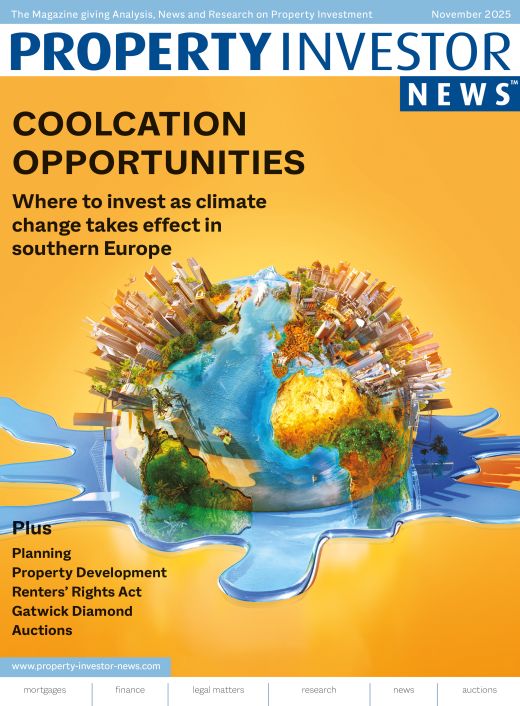The Irish housing market is cooling, with price pressures easing, growth in mortgage lending decelerating and house completions declining, according to a Bank of Ireland report. However, private sector rents rose in 2006, showing that there is still some increasing demand for housing.
House price inflation has slowed, according to the ESRI (Economic and Social Research Institute) house price index. Nationally, prices rose by 11.8% last year, but this reflects a surge in the early months of the year, with a deceleration apparent from the summer.
Prices rose by 0.8% in the fourth quarter, following a 2.8% increase in Q3, and 4.2% in Q2. Prices rose by just 0.3% in the three months since January, although the annual change was still over 10%, with Dublin performing better than the rest of the country – prices in the capital rose by 1% over the three months, and by 14.7% in the year.
Private sector rents rose by over 10% in the twelve months to February, which implies that the overall demand for housing remains relatively strong and that rental yields are beginning to rise. Although, people might continue to rent since it is becoming more difficult to get on the housing ladder.
Expectations of a reduction in stamp duty may be a factor in persuading some people to postpone purchase, but a more fundamental factor is affordability. The tightening cycle has put pressure on house prices by raising the cost of servicing a mortgage relative to income. This ratio will rise to over 38% in 2007 and to 39% in 2008.
On the mortgage side, the Bank of Ireland expects gross lending for house purchases in 2007 to be broadly unchanged on the 2006 estimate of €25.7bn, with a fall in the number of new mortgages offset by a further rise in the average size of a mortgage. This decline in volumes reflects the expectation of a fall in house completions, which is now expected to come in at 82,000. This compares with 93,400 in 2006.
The monthly magazine providing news analysis and professional research for the discerning private
investor/landlord




















